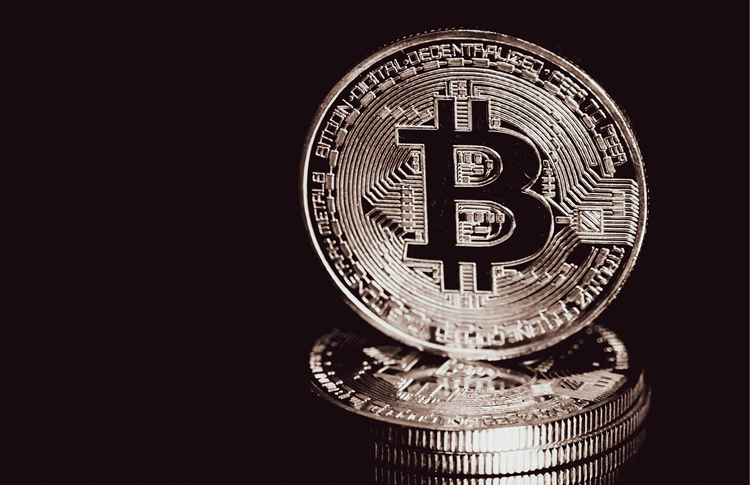
Crypto and blockchain investments in Asia-Pacific hit $3.1 billion in 2021, up from just $386.3 million in 2020, according to KPMG. But what this jump also means is that Asia’s key business hubs are likely to tighten their cryptocurrency regulations, as awareness of associated risks grows.
While curbs on cryptocurrencies are likely to expand in most Asian economies over the next five years, according to a February 2022 Economist Intelligence report, market watchers may already feel the mood shifting.
That’s because, while tighter regulations are forecast, “indirect clamp-downs” remain a popular measure employed by country leaders while they mull over policy.
These indirect measures include higher tax and scrutiny applied to cryptocurrency earnings. The Indian government for example has implemented a 30 percent tax on cryptocurrency income, even as it has not opted for an outright ban. South Korea, meanwhile, has delayed its proposed 20 percent tax on cryptocurrencies of more than 2.5 million won ($2,105) until January 2023.
While Singapore, with its comparatively clear regulatory environment, is a popular choice for cryptocurrency companies, there are indications further scrutiny is on the horizon.
Last month Singapore’s Monetary Authority of Singapore (MAS) issued guidelines that limit cryptocurrency trading service providers promoting services to the public. Meanwhile, authorities continue to voice warnings about the risk of cryptocurrencies.
In Hong Kong, Michael Wong, partner at Dechert, says that Hong Kong regulators, specifically the Securities and Futures Commission (SFC) and the Hong Kong Monetary Authority (HKMA), are closely examining potential risks around virtual assets and are “attempting to close existing legal and regulatory loopholes in the system by introducing new regulatory and licensing regimes to cover a broader range of virtual assets related activities.”
“They are also aligning the regulatory standards for virtual assets intermediaries so that they are at least on par with, or at times higher than, those of the traditional financial industry,” says Wong.
“The HKMA also issued guidance to banks with regards to interfacing with and providing intermediary services to customers related to crypto-assets. Looming in the horizon is also the new virtual asset service provider licence (which targets to be implemented within 2022) and the proposed stablecoin service provider licence,” he adds.
Wong doesn’t think Hong Kong is taking a “tougher” regulatory approach, but that cryptocurrency can be “expected to be more regulated for the overall good of the industry.”
“Regulations would help the industry, which is still very much at its infancy, to grow by providing certainty to the participants in the industry and protecting investors from fraudsters and scammers,” he says.
The general mood shift around regulating cryptocurrency assets stem from a number of contributing factors across Asia.
“First, virtual asset services and products are gaining traction at both the retail and institutional level, and there is concern that certain virtual assets may become a widely-used investment product or payment tool which may have the possibility of incorporation into the mainstream financial system,” Wong says, noting there is also a concern for AML/CTF (anti-money laundering/counter financing of terrorism) risks relating virtual assets “as there is a perception (and in some cases, actual risk) that virtual assets are used for money laundering, counterterrorist financing or other illegal activities,” Wong notes.
“There is, therefore, a trend glob-ally to ensure that service providers and intermediaries providing services related to virtual assets are regulated and compliant with relevant AML/KYC requirements at the standard applicable to other financial institutions,” he says.
For lawyers, the general shift in the regulatory mood means increasing opportunities, Wong says there is a need for industry participants to seek legal advice on navigating this developing financial regulatory landscape and ensuring that they are compliant with these new regulations.”
But while further regulations are likely, Wong doesn’t see a particular trend in approaches favoured in Asia.
“There is a diverse range of different regulatory approaches across the region, due to various industry development status and market dynamics, ranging from a total ban, to strict restrictions, to a ‘wait and see’ approach, to very welcoming and loose regulations,” he says.


